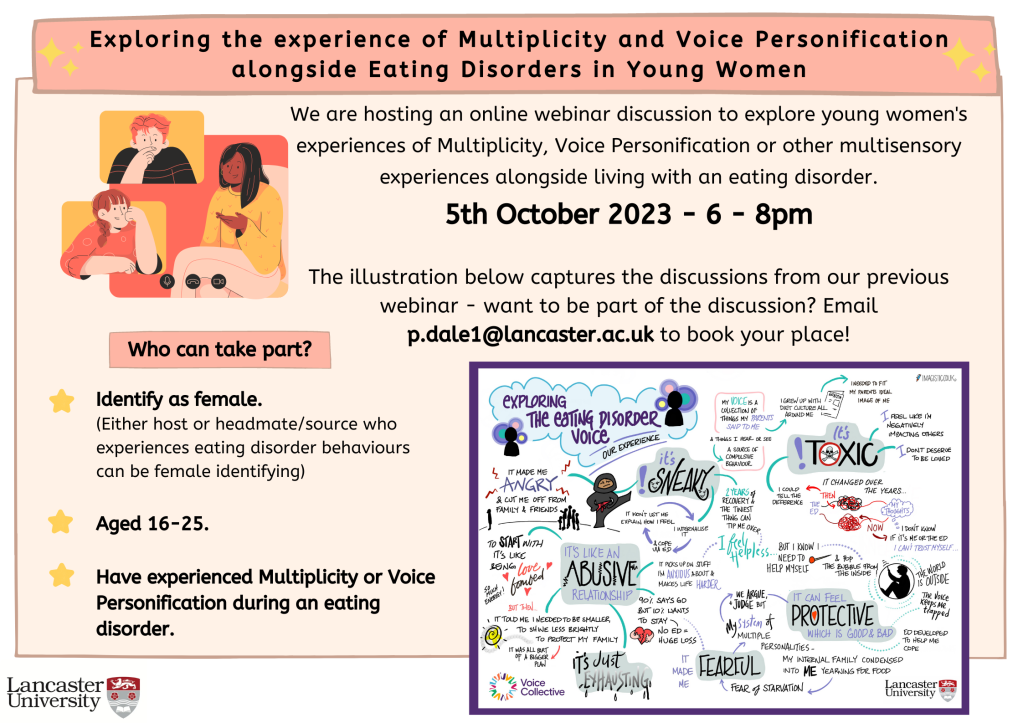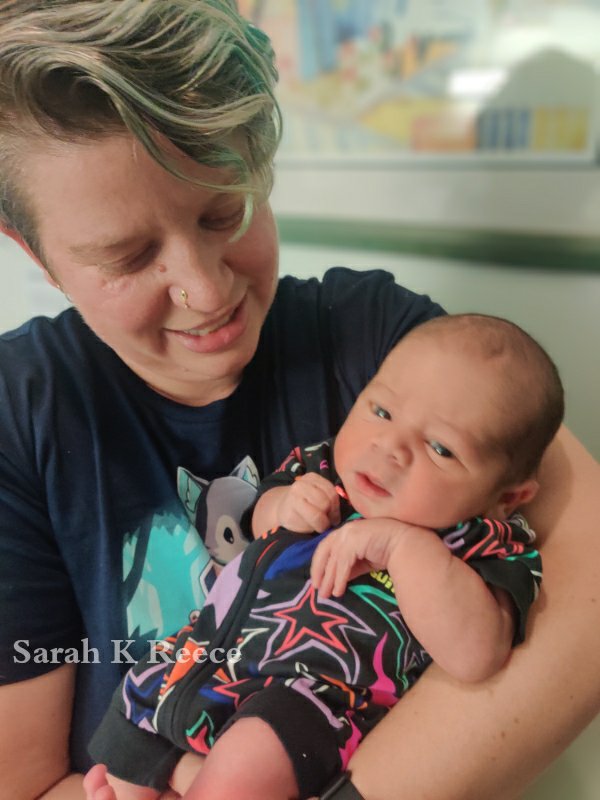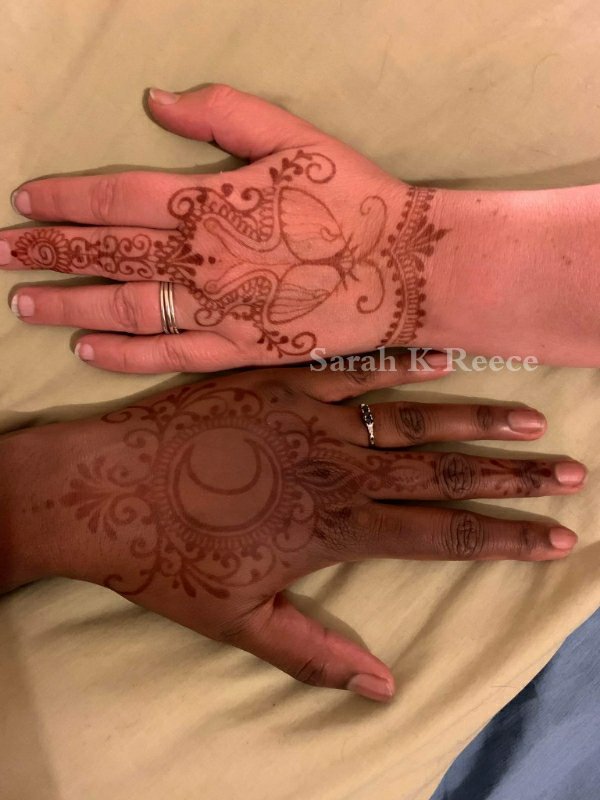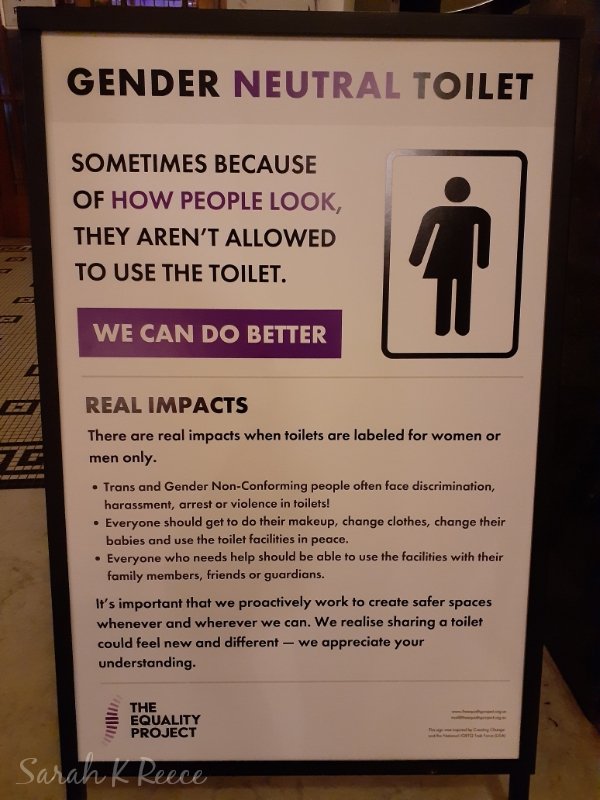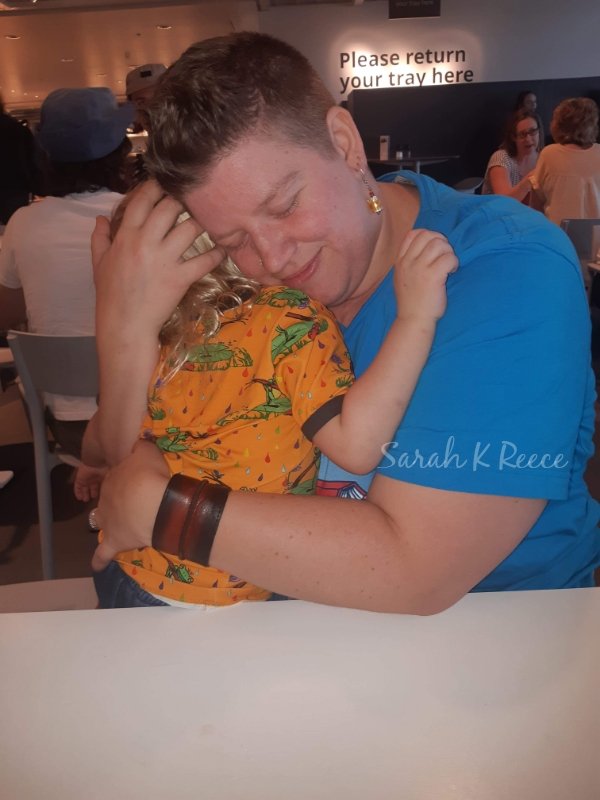We’re in a pandemic and most of us at the moment are baffled and frustrated by each other’s responses. Most of us have heard about threat responses in terms of fight/flight, but many of the pandemic responses are actually about the step before that, what makes us register something as a threat in the first place.
There’s some pretty good data on this topic fortunately, and it can take some of the heat out of it to put people’s responses into a broader context. It’s not that people are being ‘difficult’, it’s that people have different capacities to identify threats and risk. Understanding that can be the difference between explosive frustration, and a compassionate and useful response. Whether you need to help your Mum understand why it’s important to stay at home with her sniffle, or a client make sense of increased hygiene issues for staff at the moment, or a policy maker , HR manager, or boss respond quickly and appropriately to the emerging crisis – it helps if you have some insight into why they are behaving the way they are.
Under-response
What crisis? Everyone is going mad. Panic merchants are the ones doing the harm. Everything is okay, really.
Statistically, about 70% of people will not recognise a crisis as a crisis. This is termed ‘normalcy bias’ and is a pretty well known cognitive bias or common thinking error for people. Normalcy bias simply means that the mind finds crisis hard to comprehend and tends to assume that things will stay the same as they’ve always been. The wiki entry on this is wonderful and has some great links to research and further information about disaster planning and so on.
For people in this state of mind, the crisis is people’s ‘overreaction’ and panic. They will fight this and resist efforts to recruit them into seeing there is a crisis because the panic is the ‘threat’ they are responding to. It’s an accident of thinking, that’s all. There’s a number of things in my experience, that make it more likely people won’t recognise a crisis such as:
- Preoccupation with a different crisis – this often applies to highly vulnerable groups such as people experiencing homelessness, mental health crises, domestic violence, poverty and so on. They are already in crisis mode and focused on the next meal/not killing themselves/a safe place to sleep/appeasing a terrifying person in their life
- No living memory of the crisis at hand. We get better at managing crises we’ve experienced before. We’re not even that good at recognising many of them the first time. Some things seem to be somewhat hard wired – fear of heights and spiders, for example. Others require memory and stories to help us recognise the danger – such as a swiftly emptying beach before the tidal wave hits. The living memory between severe pandemics can be easily lost.
- Changing nature of the crisis can also slow our capacity to recognise and respond to it. Changing animal husbandry practices, travel patterns and global trade have also changed the nature of pandemics in ways we’re not familiar with. Some areas in the world have regular epidemics and are much more familiar with issues of biohazards. Others rarely deal with them are far slower to recognise them.
- No emotional impact of the crisis warning signs. It’s primarily our emotional responses that allow us to shake things up from ‘life as always’ to ‘urgent new priority’. As much as we like to congratulate our own rationality and see people who under respond as irrational, in a way it’s the opposite. We’re scared enough that our emotions are able to hijack our plans for the week and insist – there’s a huge issue we need to address, forget everything else! If you want to learn more about this amazing process I suggest the fantastic book How we decide by Jonah Lehrer.
- No training to deal with the crisis. People are generally better at recognising and responding to a crisis if they have trained for it. This is why we do disaster planning and train people in exiting planes, burning buildings, and so on. Basic level training gives us a slight edge. Really good training means actually doing the thing – getting people to swim out of submerged helicopters and so on. Muscle memory is reliable in crisis mode in a way that our rational brain and other forms of memory are not.
People who under-respond need to be bypassed where ever possible, and engaged with in ways that bring the reality close to home for them – not just statics but emotionally. The impact of ‘it won’t happen to me’ thinking can also be incredibly difficult to budge, so work with whatever seems to clicking best with them – facts and figures, appeals to emotion, proximity to the threat. These folks need education plus emotional impact. Sometimes are more able to act on other’s behalf than their own and will respond to protect a ‘vulnerable group’ provided they don’t have to face their own vulnerability. Humans have developed a lot of defenses against recognising our own mortality and don’t tend to appreciate having to pull them down.
The Freeze response
This is a threat response that can look similar to those who under-respond. The outcomes may look the same, but the mechanisms are the very different. These folks have identified that there’s a crisis, but have frozen in response to it. They are numbly going about their ordinary day, because they don’t have a new plan of action. They need a completely different response to the under-responders, because while they may appear the same they are in a vastly different space. These folks are in terror or massive dissociation. Emphasising the severity of the crisis will make this worse. These folks need emotional support and a clear plan of action. The education needed is about what to do next, and the emotional need is about hope. Hope is still present, and hope is preserved through action, not inaction.
Freeze is a common and at times extremely useful threat response – play dead until the predator leaves. As with all threat responses, there’s no single one that works in every situation. Freeze may well be a useful response for some people who are geographically very isolated. But for most of us, a plan will be far more useful, particularly as this plays out over weeks and months.
Over-response
Panic, hoarding, shutdown, terror, suicidality, eating disorders, self harm. Fight and flight. Threat responses are curious things, and some folks are registering the crisis but responding in ways that make themselves less rather than more safe. I can relate this, currently my ‘startle response’ is over the top, I jump out of my skin at unexpected sounds or touch. This is a part of my PTSD – I’ve literally been neurologically wired to expect and respond to a particular type of crisis – personal attack. A heightened startle response is helpful if I’m under some types of threat – it’s not so useful in a pandemic.
We’re all coming to the pandemic with our personal history of what threat looks like to us, what’s helped in the past for us (even if the type of threat is different) our cognitive distortions and bias, and our primitive threat responses that are largely outside of our conscious control and generally well geared for historical threats (attack, starvation etc) rather than modern ones.
Helping to contain the emotional responses through the ways that humans regulate such as social connection, grounding, mindfulness, prayer, self expression, and so on, literally calms the emotion centers of the brain so the rational mind can come back online and help to direct the crisis response to be more useful. This is why loneliness and isolation in quarantine are such huge concerns for people, because for many of us they cut us off from our connections and leave us in a state of chronic distress and hyper-arousal.
As long predicted, the new poverty is a technological one – those with internet connections and home devices are far more able to compensate for quarantine than those without. Helping people to access smart phones, laptops, and good internet or data plans will be as essential as food and medicine to help in the months ahead.
From Individual to Community Health
We have become used to thinking in terms of individual health in Australia and other developed countries. Epidemics and pandemics challenge this approach in a profound way that can be very uncomfortable for people.
Did you know, there have been over 1,300 epidemics in the world since 2011? (Epidemics are local to a region, pandemics are worldwide) Some places have been hit by these over and over. They are far more profoundly aware of the impact that lack of resources such as supplies and a robust public health system, community education, basic food and sanitation supplies, and a robust health workforce can have on everyone. Health is not and has never been just an individual behaviour or characteristic. We are healthy or sick, well resourced or vulnerable, together. When there are not enough resources, communities turn on themselves. This is the entire field of public health – how communities thrive or struggle.
Predators and vulchers
Already evident in the pandemic is a harsh fact of human existence, that we prey upon our own. Predators are out there doing harm in the form of scams, stealing, exploiting, and deceiving. Some are individuals who lack any other forms of resources. Some are vast organisations who are skilled at distracting people from their bloated consumption of common resources. Vulchers rarely directly attack their prey, but they will pick the bones of the wounded and vulnerable. They represent a significant additional health risk to manage. They are always present in any society, but much more so in conditions of scarcity and social breakdown. Civil war and food scarcity for example, often go hand in hand. Cultures that cannot provide for all members tend to self destruct and devour themselves.
Violence
Family violence rates are likely to vastly increase under the added pressures of the pandemic. Quarantine leaves people vulnerable to those they share their homes with in terrifying ways. Trauma bonding means people will hold strongly to those who are doing them horrible harm. It’s a huge social issue and it’s likely to get worse.
In the same way that school bullies and rapists are not all doing it for the same reasons and in the same ways, people who are violent to their families fall into basic categories of type. Some people are sadistic and enjoy torturing people around them. Some have profound control needs stemming from their own trauma. Some have impairements that make it difficult for them to understand the impact of their behaviour on the people around them. Some feel entitled to bend everyone else to their will. There’s a wide range of reasons people are violent, but the broad trends hold – less freedom to leave, and higher pressures are both recipes for disaster.
People’s who’s threat response is geared towards ‘fight’ are some of our greatest allies at the moment, tackling political inaction, industry collapse, and personal crises. But some are going home and attacking the people closest to them. Again our existing infrastructure already fails us – people trying to flee abuse are often faced with homelessness, poverty, cruelty, beuracracy, and additional abuse (same as children taken from their families). Under the additional strain of the pandemic the human cost is likely to be brutal.
False prophets
As people scramble to pivot in the new economy, false leaders will also emerge, many of them quite unaware of the harm they are about to do. People are already sharing health information that’s completely incorrect, advice that’s harmful, and resources that don’t work. As people are facing the overnight destruction of their existing business models, many are having to urgently reskill which means there’s a lot of folks branching out into areas with limited expertise and training. This is what happens when there’s totally inadequate community safeguards in the form of housing, welfare, and infrastructure. Desperation will create some of the most amazing innovations and wonderful resources. It will also create a whole stack of people who are way out of their knowledge areas.
So be careful of what you’re consuming at the moment. If the self care advice leaves you feeling ashamed and overwhelmed, ignore it. Most of it is slightly recycled rubbish and does more harm than good. If the resiliency articles make you feel vaguely superior to the people out there falling apart in the ER – they are utterly worthless to you. Resilience is largely about access to community resources, not your personal qualities. Think twice about what you’re consuming and where you place your trust.
Leaders and Healers
These folks are emerging too. A little talked about threat response is the tend-and befriend. It creates connection and cohesion during times of crisis. Strangers help each other, friends form deeper bonds, families put aside quarrels and pitch in. We are seeing magnificent online movements such as The Kindness Pandemic, and the local supports on Facebook through the #loveyourneighbour groups. People with expertise in disaster response, crisis communication, epidemiology, social cohesion, community resilience, trauma responses, mental health, digital communication, business models, public health, disability, diversity, inclusion, homesteading, freelancing, and managing unpredictable circumstances are all in the spotlight as folks who’s wisdom and experience is urgently needed. While some people are in panic or shutdown, others are emerging, sharing resources, making sense of the complex health instructions, translating things for their communities, and helping people to respond. They are like lighthouses. Look for them, they are always present and they shine brightest when things are dark. Often they’ve been doing these things all along, and suddenly we have a new clarity and can see more clearly the value of what they do.
Overfunctioning/underfunctioning
Right now most of these helpful folks are scrambling and under pressure. Where some people have had their work wiped out overnight, others of us are working until 3am – whether that’s in the ER or our home study, trying to close the horrifying gaps out there that will translate into suffering, loss, and death.
Some of us are scrambling to start new businesses, find new jobs, cover essential bills, refill the pantry, get life saving scripts, and deal with what’s coming. Some of us are falling apart. Harriet Lerner would frame this as over-functioning and under-functioning. In her books The Dance of Anger, and The Dance of Intimacy, she explored how these opposing but complimentary roles become common traps for people. Overfunctioners tend to cope with life by doing things. They swing into action, organise, plan, offer advice, and get in there to make things happen. They are productive but also problematic – all this activity is driven by avoidance of their own vulnerability. They (Ha! Who are we kidding!) We do, so we don’t have to feel. This means some of what we do is helpful (organising a swift hospital response, for example), and some of it is extremely unhelpful (responding to personal crises for example – have you just tried overfunctioning??). Worse, we trap people around us into underfunctioning by taking over things they are capable of doing.
Underfunctioners tend to shut down or get overwhelmed. They drop the ball, signal for help, and zone out. Over and underfunctioners often think the other can solve their problem, but they tend to mutually reinforce the roles for each other and actually make them worse over time. The issue is largely about vulnerability and responsibility. There’s a great little run down here in the Guardian. Underfunctioners have a fabulous capacity to ask for help. Overfunctioners have a fabulous capacity to ignore their needs and take on responsibilities. We may even take on both roles – one in one relationship and context, and the other in a different one.
We all have both a capable and vulnerable self. In crisis most of us are showing much more of one of those than the other. The overfunctioners need the courage and permission to stop and get in touch with their vulnerable selves. Schedule in some time to panic, cry, feel lost, afraid, confused. The underfunctioners need to be cued to bring their capable selves back online. Ask them for help with something they have expertise in – looking after the kids, making a meal, helping a neighbour. Don’t reinforce their vulnerability by taking over, especially not as a way to vent your frustrations and avoid your own feelings. Give them space and opportunities to be part of the solutions, not the problem.
You can do it
Empathy doesn’t mean agreement, but it does mean getting close enough to each other to resonate. We don’t need to fling mud and shame, there’s a context and reasons behind all the ways people are responding to the pandemic, and any other crisis for that matter.
You may be frustrated, baffled, overwhelmed, or simply tired of everything, but you are still part of the human equation and you’re still responsible for what you put out into the world, and what you consume. We each bring our own gifts to this challenging time. Soothe your kids, plant your garden, tend your neighbours, plan your safety responses, do what you do best, and have grace for those who are showcasing all the ways our minds can mess us up and make us fall on our faces in a difficult time. Matching our skills to the challenges we find ourselves in is largely a matter of luck. The next time it could be you. We build a better and safer world for all of us, or we keep fighting over tiny pieces of it, that’s really the heart of it. A stronger community is a healthier one.
For those interested in learning more about pandemics, or where I got the stats from for this article, this is a fabulous easy to read resource from the World Health Organisation: Managing Epidemics, key facts about major deadly diseases.
